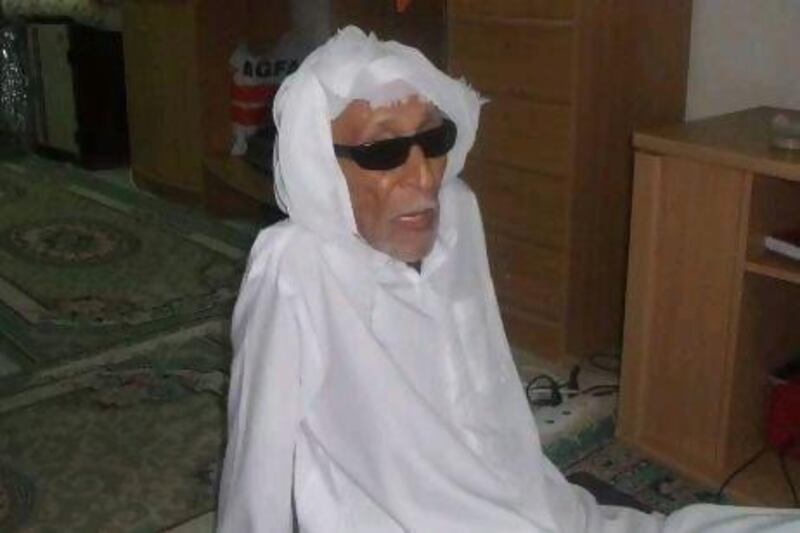DUBAI // In the late 1940s, when residents of the Trucial States were asked to get passports with photographs, Mohammed Ali Budebs saw a business opportunity.
"There was no one other than me who knew how to take photos," says Mr Budebs, 87.
As a teenager, he tried his hand at a career as a watch repairman before packing his bags for a trip to explore Pakistan.
"When I travelled to Pakistan in the mid-40s I learnt about photography from the people there and bought myself a camera that was housed in a large wooden box," Mr Budebs says. "After that I always had a passion for photos."
Upon his return to the Gulf, he got to know a local doctor named Mohammed Habib Al Redha and watched him go about his work in a Sharjah clinic.
Before long, he was employed as the doctor's aide. At first, he helped by moving equipment around as needed but he later graduated to giving injections to patients.
"I never actually got certified as a nurse," he says. "I just learnt by watching. I even recall a few times when Sheikh Sultan Bin Saqr Al Qassimi, who was being treated in London and Mumbai, came to our clinic and I gave him injections."
When the order was issued in 1947 for all living in the Trucial States to get passport photographs taken, he brought his camera to work and opened a makeshift studio at the clinic, charging residents a few rupees each for a passport photo.
A good daily income was between two and five rupees - rupees being the currency of the UAE at the time.
"The money was good, especially after passports came out in countries like Kuwait," Mr Budebs says. "People wanted to travel, so our work increased and we were benefiting."
In 1958, Mr Budebs was granted one of the first photographic trade licences on UAE record and opened a studio in Dubai.
He paid 100 rupees for the licence, opened the Dubai National Studio and earned the nickname "Al Akkas" (The Reverser).
"In the 1950s, the profession of photography in the UAE was all studio-based," says Jassim Al Awadhi, a senior expert on photography at Dubai Police who is pursuing a doctorate in the subject.
"It was based on supply and demand. There wasn't much artistry involved. We have no archives of the photographers in the UAE, except perhaps in the British consulate of the different areas."
Mr Budebs says processing pictures was not easy in the heat and bright light of the desert.
"Travellers used to come to me during the daytime to have their pictures taken and at night we processed the pictures," he says. "But there were still people who needed the photographs immediately.
"It took good thinking to make it work. What I did is, I built a wooden box and called it my dark room. It was a square box with two openings - one in the front and one behind - all covered in a black cloth."
In the mid-1950s, when the late Sheikh Rashid bin Saeed Al Maktoum was still the Crown Prince of Dubai, he heard about the Emirati passport photographer.
"He invited me to meet him and he gave me a Soviet camera," says Mr Budebs.
The Reverser went on to open two more studios, in Deira and in Satwa, before retiring in the 1980s.
His son, Talal, says his father's pictures are a treasure trove of history. He still rues the day his father asked a shop boy to clean up.
"In his last studio, he asked one of the young boys to clean the place and there was a collection of negative passport photos in a box," Talal says. "This boy took the photos and threw them in the rubbish. That box contained a wealth which cannot have a price on it."
[ aalhaddad@thenational.ae ]
Amna Al Haddad is the granddaughter of Mohammed Ali Budebs






